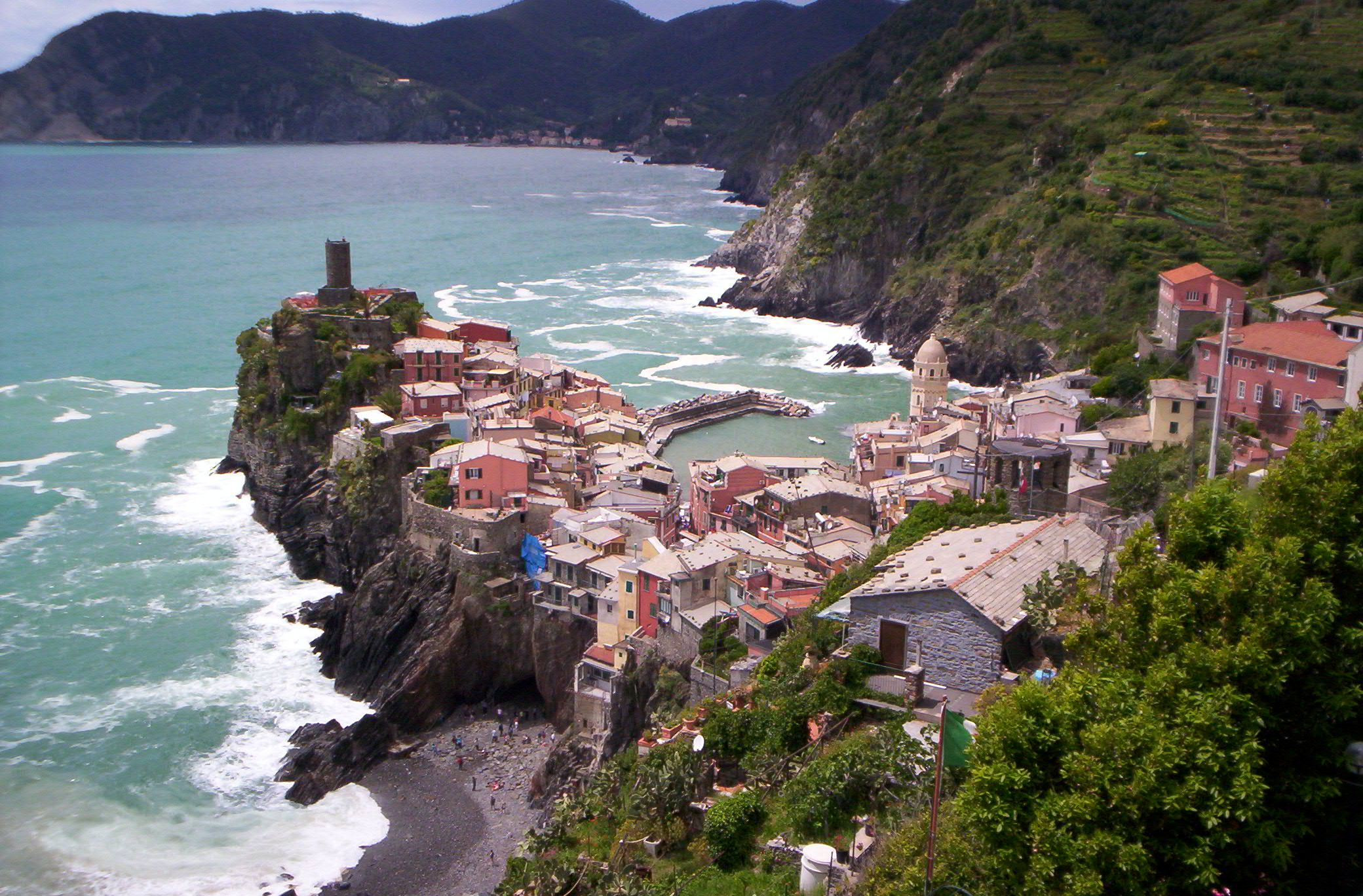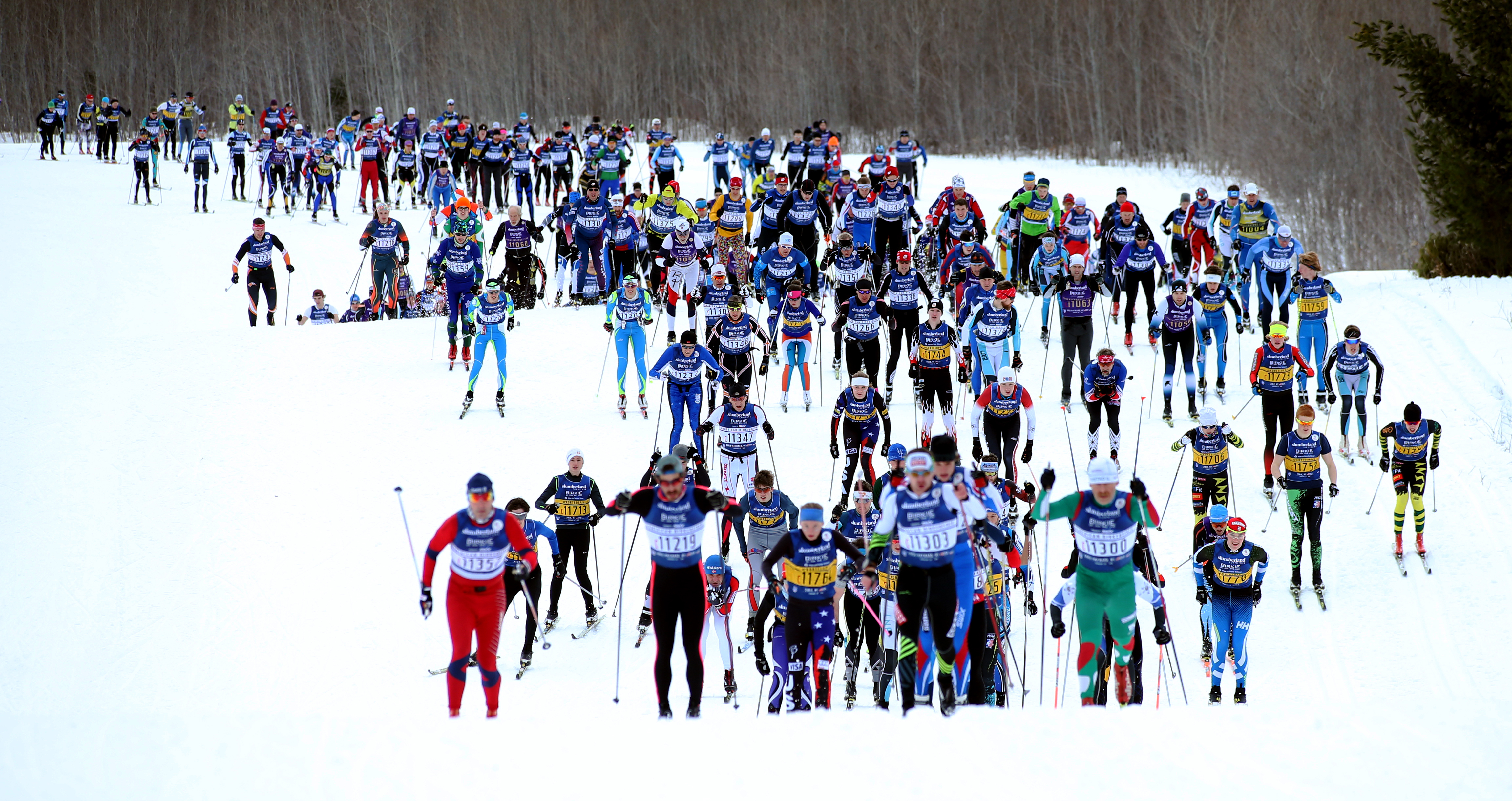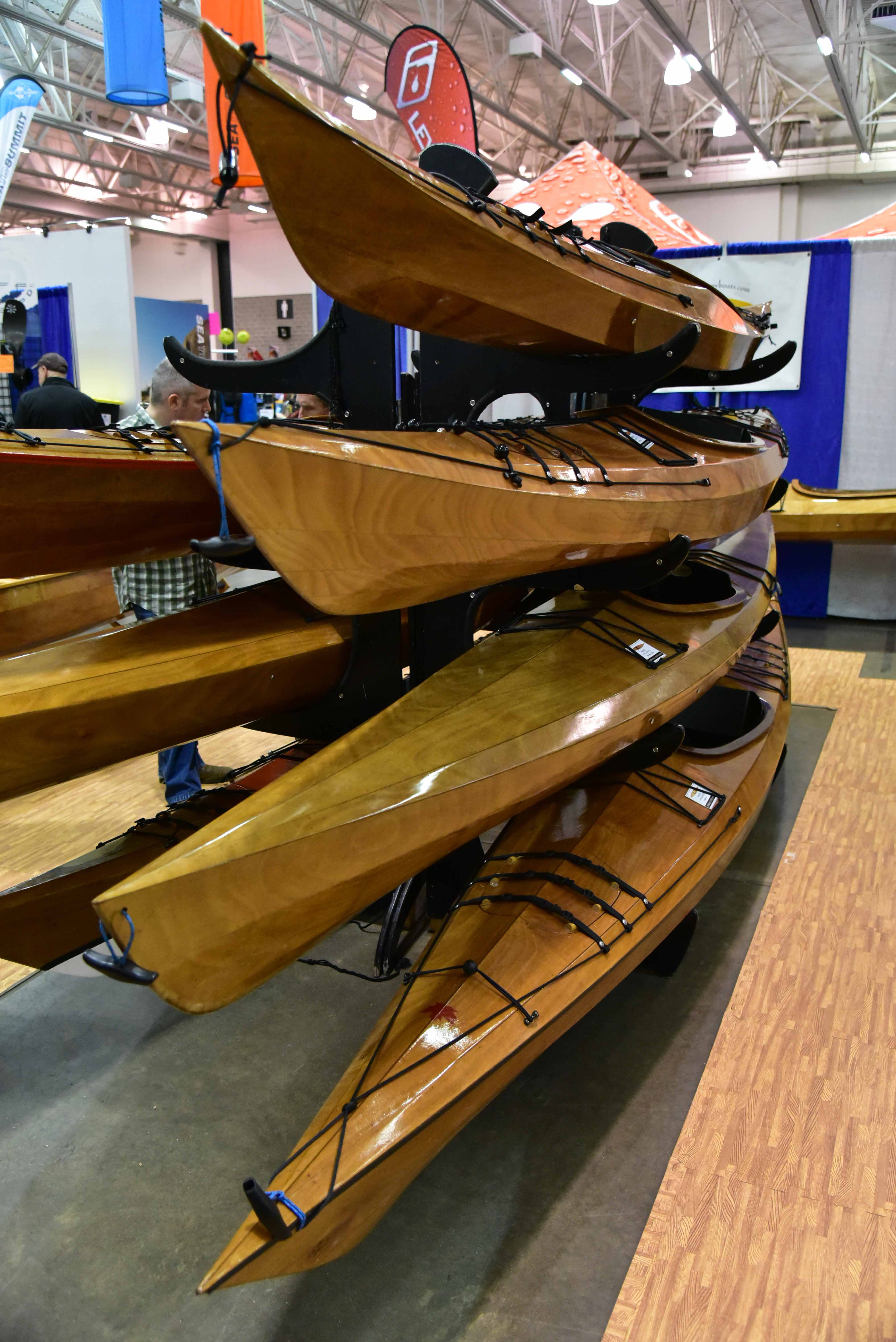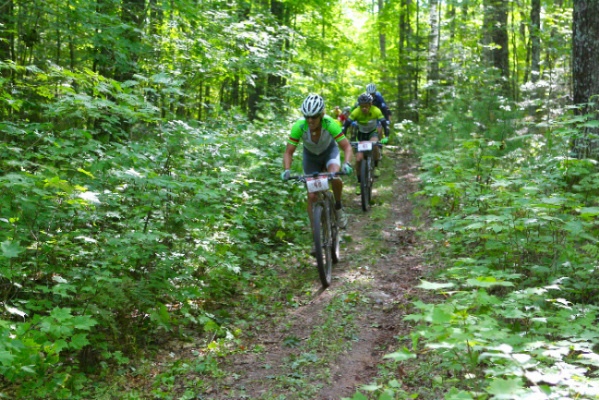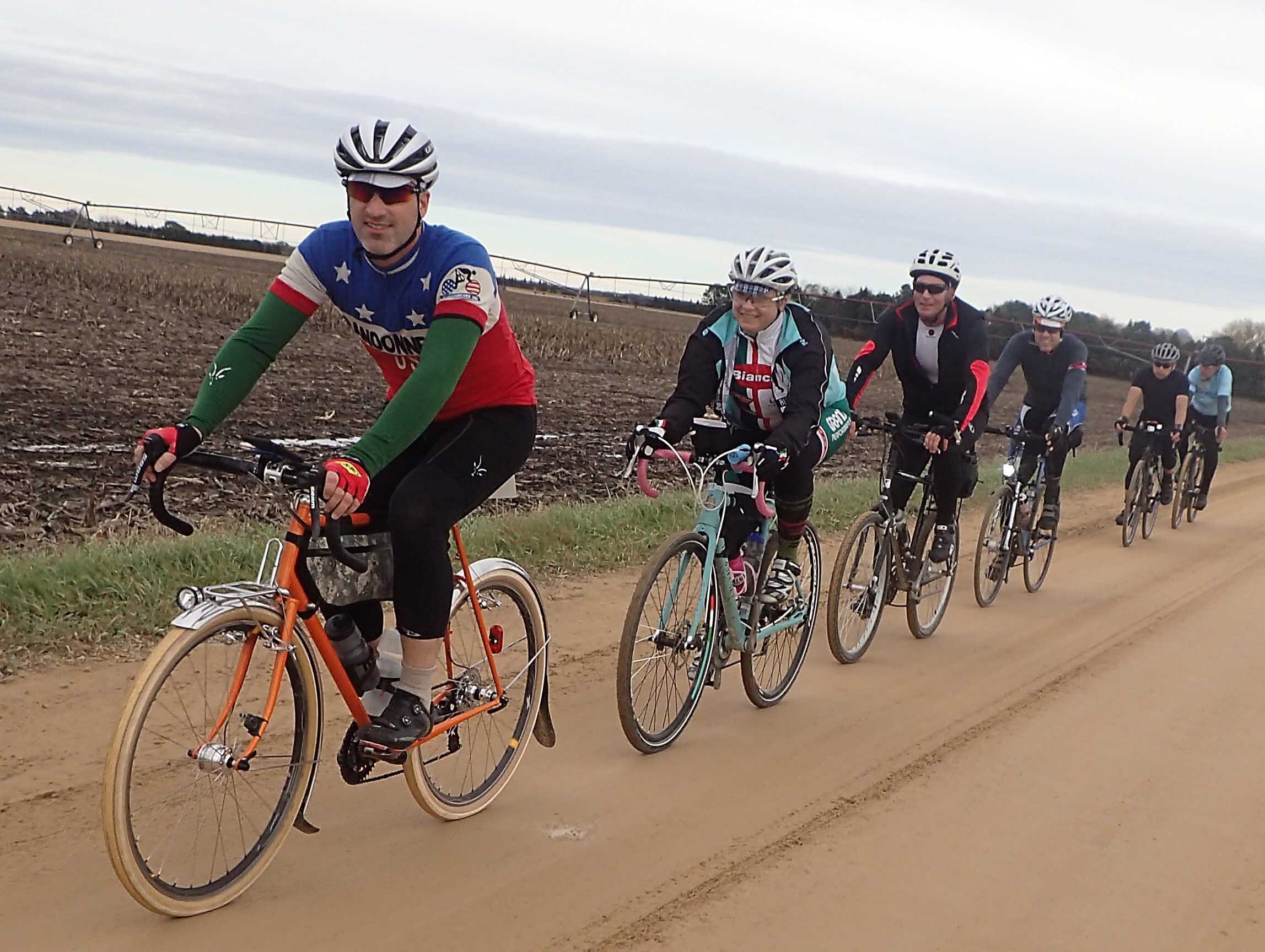Gratitude, Mud, and Muscles: Trail Building on the Ice Age Trail
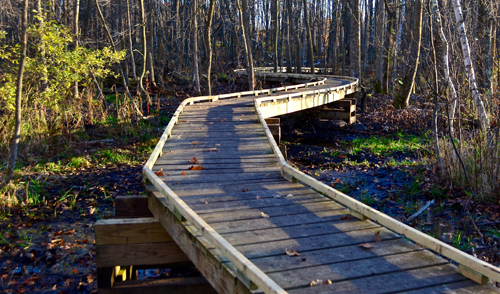
By Will Goddard
Hiking on the Ice Age National Scenic Trail along the clear waters of Straight Lake in Straight Lake State Park in northwest Wisconsin, I felt a sense of wildness and wonder. As the sun set in the evening light, the only sounds were soft breezes in the pines and occasional honks from a pair of Trumpeter Swans across the lake.
It was a magical moment in time made possible by taking a short hike down the Ice Age National Scenic Trail that courses through the length of the park, Wisconsin’s newest state park. I felt immensely grateful to be in such a remote, wild place just a couple hours from the Twin Cities of Minnesota.
Earlier in the afternoon, I had hiked a section of the trail just north of Straight Lake State Park, where the route passes through dense wetlands at the headwaters of the Trade River. Exposed basalt bedrock along with ponds, marshes, and numerous beaver dams are prominent features in this region.
To navigate moist areas where beaver activity often floods the route, the trail has elevated boardwalks so hikers can avoid wet ground and stay dry. It seemed a luxury to hike above muddy, soggy terrain on a smooth wood platform.
Hiking on past the boardwalks, the trail became a more traditional footpath as it entered the state park. Cleared of brush and blown down trees, it was easy to follow yellow trail markers as the route meandered through a hardwood and conifer forest before reaching the shore of pristine Straight Lake sparkling in the afternoon sun. The trail skirts the northern length of the lake before heading east along the Straight River.
If you have hiked the Ice Age National Scenic Trail anywhere in Wisconsin, you know what an great trail experience it is. As a statewide trail, it’s much more than just another path in the woods. One of the nation’s eleven National Scenic Trails, the Ice Age is one of two such trails in the state – the other being the North Country National Scenic Trail, which crosses far northern Wisconsin near Lake Superior.

The Ice Age Trail (IAT) traverses the state of Wisconsin roughly 1,200 miles from Interstate State Park on the St. Croix River at the Minnesota border to Potawatomi State Park on Green Bay. Its serpentine route generally follows the edges of the most recent glaciations in North America, which lasted from about 100,000 to 10,000 years ago.
The IAT is basically a public greenway across Wisconsin’s glacial landscape that preserves outstanding natural resources and scenery. It is open for hiking, backpacking and snowshoeing. Many segments are open to cross country skiing as well.
The Ice Age Trail offers a variety of outdoor experiences, from multi-day backpacking adventures to short local treks leading to some of the state’s most beautiful natural areas. The many highlights and points of interest along the Ice Age route across the state include more than a dozen state parks, forests and trails, as well as numerous county parks, recreation areas, a national forest and a national scenic riverway.
A major trail like the Ice Age National Scenic Trail does not just exist and appear on maps through its beauty and magic alone. It requires serious maintenance and tender loving care to keep it open and accessible for hikers. Over time, nature takes its toll on the trail: storms blow down trees, weedy undergrowth creeps over the trail, beaver dams flood vast sections as described earlier and so forth.
Have you wondered who designs trail routes, creates and maintains signage, cuts and removes windfalls, mows grassy sections, and builds boardwalks and bridges over numerous creeks, rivers and wetlands?
The answer is the Ice Age Trail Alliance (IATA). This nonprofit volunteer organization works with the National Park Service, Wisconsin Department of Natural Resources, local governments, and private landowners to protect, promote, build and maintain nearly 100 segments of the IAT across the state.
Twenty one local IATA chapters organize activities such as trail construction, maintenance, hikes, stewardship, promotion and education. Thousands of volunteers from across Wisconsin and surrounding states have built and maintained the Ice Age Trail for the public to use and enjoy.

In addition to local efforts, the IATA organizes statewide trail-building events known as the Mobile Skills Crew (MSC) program. Each year, volunteers gather to build, repair, and maintain the trail. These events offer volunteers fun and satisfying opportunities to give back to the outdoor community, enjoy nature, and make new friends.
The purpose of the Mobile Skills Crew (MSC) program is to educate and empower volunteers on methods of building high quality, sustainable trail. No background in trail work is needed to participate – those who want to experience what IAT volunteering is all about are welcome to help out. Volunteers can then apply their knowledge and experience to smaller-scale, local trail building projects.
Volunteers trained and certified in crew leadership teach fellow volunteers trail construction and maintenance techniques. Hearty, home-cooked meals are provided, as well as a space to pitch a tent at no charge.
Activities at MSC projects depend on the needs and priorities of the various segments. That can mean building new trail, improving the existing path, upgrading signage, clearing brush, building bridges or boardwalks, and transporting gear and supplies. Plus, there are a multitude of other necessary event tasks such as food preparation, publicity, administration and much more.
A recent Mobile Skills Crew trail building event took place this past September near Luck in northwest Wisconsin. The agenda called for several projects to improve the trail experience in and around Straight Lake State Park, a newly-formed 1,800-acre park open to foot traffic only.
A small army of volunteers built new and improved boardwalks, created new Dispersed Camping Areas (DCA’s) for long distance hikers, cleared considerable amounts of trail and re-establishing the “Stewardship Zone” – the irregularly shaped area on both sides of the trail..
Each morning after breakfast, equipped with an array of tools, the volunteers headed out to work on the trail. Picks, shovels, rakes, wheelbarrows, chainsaws and power tools were utilized for various tasks. Lumber was hauled in to build boardwalks and bridges.

Crews worked on a variety of assignments, such as clearing and smoothing the footpath or painting markers to trees along the trail. A trail information kiosk was erected by some, while others cut wood for the building projects. Footings for boardwalks were installed and decks were assembled with cordless power drills.
The Straight Lake/Trade River MSC event took place with the efficiency of a well-oiled machine. In spite of rainy, wet conditions, work proceeded and a great deal was accomplished.
According to the IATA website, the results were impressive:
• 630 feet of boardwalks and bridges built or refurbished;
• four new Dispersed Camping Areas opened for use;
• two trail reroutes completed;
• two miles of trail signage refreshed and a trailhead kiosk installed;
• and numerous hazard trees cleared.
It was the culmination of efforts and skills of more than 100 enthusiastic volunteers, who journeyed to northwest Wisconsin to work for something they support, demonstrating the power of volunteering for a worthy cause. Everyone who hikes on the trail can enjoy can enjoy the fruits of their labor.

So, if you are looking for an outdoor adventure in northwest Wisconsin, head for the Straight Lake and Trade River segments of the Ice Age National Scenic Trail. You’ll be able to see for yourself the results of the recent MSC gathering.
As you enjoy your hike anywhere on the Ice Age National Scenic Trail in Wisconsin, remember it was made possible by the strength of dedicated volunteers. It is a place where all people can enjoy our unique natural landscape and history.
Check out iceagetrail.org for information about the Ice Age Trail Alliance and the Mobile Skills Crew program and a calendar of trailwide and local chapter events.



